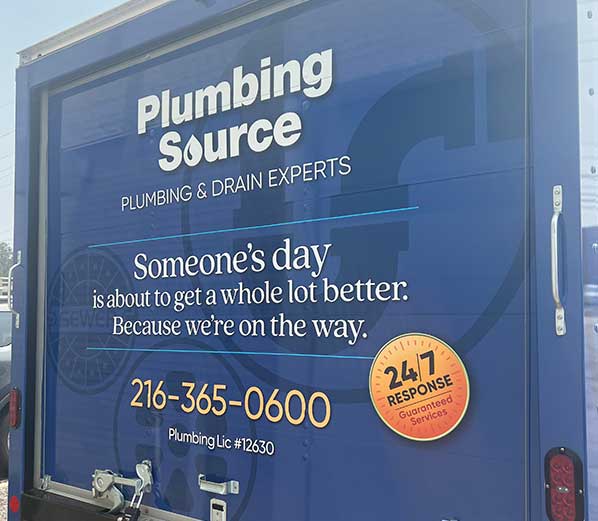A battery backup can save you heartache!
A properly operating sump pump calls no attention to itself. Even in this era of the Internet of Things, sump pumps do not usually have the ability to alert you to problems. They do not sound horns like smoke detectors, send messages to your smart phone via WiFi, or activate alarms like septic tanks. If, for example, the power goes out, sump pumps simply stop working, your basement floods, and your life gets miserable. The solution to sump pumps quietly failing are battery backups.
Battery Backup Sump Pumps
The typical sump pump draws electricity from your house circuits. When your power flows, the sump pump goes. When the power stops, however, the sump pump no longer pumps, and water can quickly fill your basement or crawl space. The battery backup sump pump is a regular sump pump (wired into your home) with a heavy-duty marine battery (typically) attached. Usually it is installed in addition to, not replacing, your existing sump pump.
The battery is constantly charged so that, when your house or business loses power, the battery automatically activates the battery-powered sump pump (when its float or sensor is triggered).
This turns your sump pump into a two-stage system, ready for anything your basement throws at you. Under normal conditions, the plugged-in sump pump does its work; during power outages, the battery backup sump pump kicks in.
Do it Yourself?
Modern, battery backup sump pumps can be installed by a talented, skilled amateur, but you need to observe a few cautions:
- Consider putting the marine battery in its own protective case, up on a wall-mounted shelf, well above any possible high water
- Ensure the circuit for the sump pump and its battery charger can handle both the continuous draw and the sudden amperage increase when the pump comes on
- Never use extension cords for either the sump pump or battery charger
- You may need to hire an electrician to provide a dedicated circuit for the sump pump.
- Remember, you are dealing with both water and electricity; if you do not know what you are doing, hire a professional.
Existing Sump Pumps
You can add a battery backup system to your existing sump pump. Here the device acts as a sensor between the household electrical supply and your sump pump. You plug the sump pump into the battery backup unit, then permanently wire battery cables from your marine battery into the unit, which provides a trickle charge to the battery. When the power goes out, the sensor automatically draws from the battery to keep the pump running. Of course, this wall-mounted system needs to be close enough that the original cord from your sump pump (not an extension cord) reaches it, and the battery needs to be mounted within cable-length.
Costs
Maintaining a battery backup system involves replacing the battery every three to five years (as it trickle charges, recharging becomes less and less efficient). Additional costs may be necessary if your sump pit is not large enough to hold two sump pumps side by side. You also will need to run pipe and insert a check valve for the battery backup system. Your costs could easily vary based on your basement configuration, pump size, and other factors.
Hand it Over to The Plumbing Source
Perhaps the easiest way to solve your battery backup dilemma is to hire a trusted professional with years of experience installing, maintaining and repairing sump pumps.
Call The Plumbing Source to learn more about servicing and/or replacing your worn-out sump pump.
Plumbing emergency? We respond any time!




